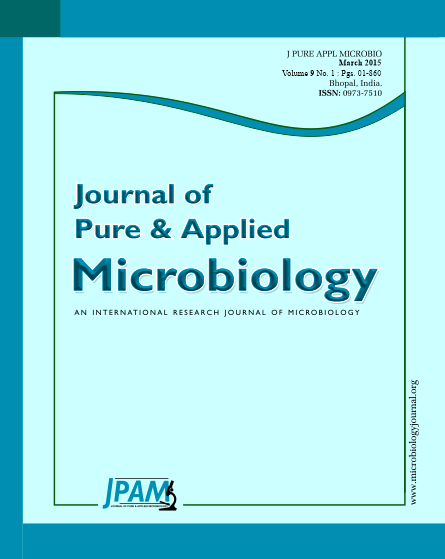Basil (Ocimum basilicum L.) is globally used both as a vegetable and as an herb for medical and therapeutic purposes; hence the need to investigate its phytonutrients. The aim of this study was to evaluate the effects of different drying methods (sun drying, oven drying and microwave drying) on the antioxidant capacity, total phenolics content (TPC) and total flavonoids content (TFC) of basil leaves. The fresh basil leaves had the highest antioxidant capacity, TPC and TFC content on dry weight basis. They exhibited high antioxidant capacity measured by DPPH assay. Drying methods caused a significant decrease in total phenolics, total flavonoids and antioxidant capacity of basil leaves. Drying by sun at 35ºC and oven had the lowest adverse effects on phenolics and flavonoids contents and antioxidant capacities of basil leaves while microwave drying cannot be a competitive process for preserving antioxidants and antioxidant capacity of basil leaves. Therefore, it can be suggested that special care should be taken when processing method is selected for the exploration of basil leaves.
Basil, Drying method, Phenols, Flavonoids, Antioxidant
© The Author(s) 2015. Open Access. This article is distributed under the terms of the Creative Commons Attribution 4.0 International License which permits unrestricted use, sharing, distribution, and reproduction in any medium, provided you give appropriate credit to the original author(s) and the source, provide a link to the Creative Commons license, and indicate if changes were made.


